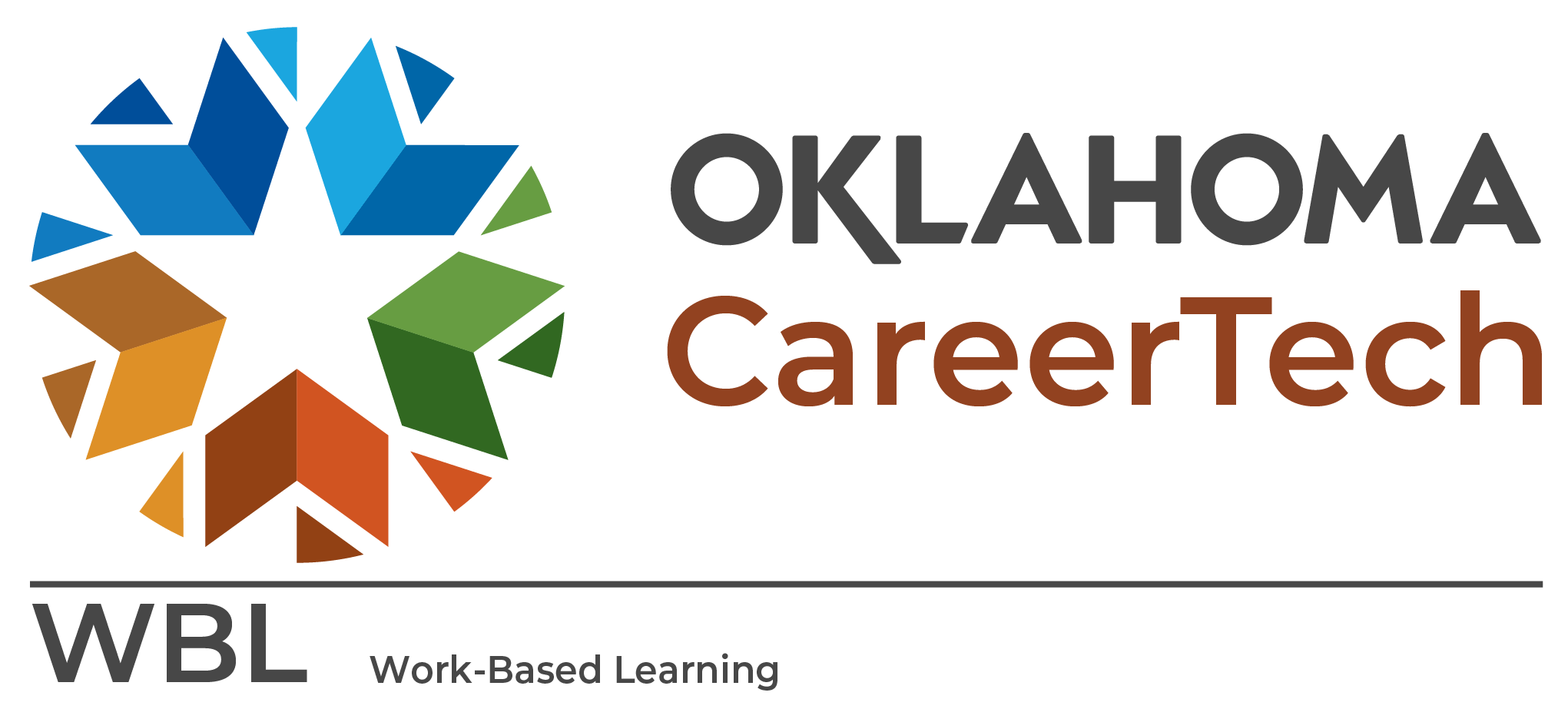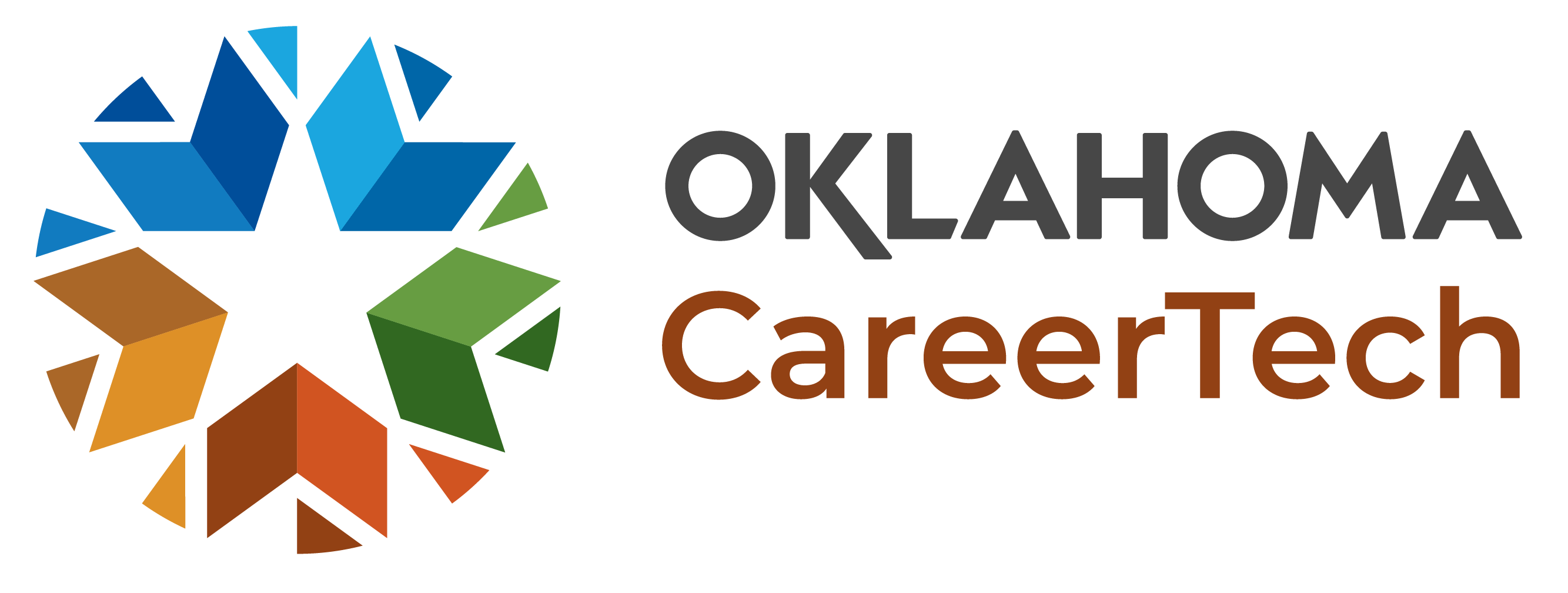Workplace Tours


Overview
What Are Workplace Tours?
Workplace tours are usually early career awareness activities for students. They are more than typical field trips because they incorporate explicit student preparation, student interactions with employer representatives during the tour, and student reflections following the tour. Workplace tours offer students the opportunity to learn about the careers available with a particular employer and observe the work performed by people in those careers. Tours are typically conducted with small groups of students and teachers.
The student’s primary role is to observe the workplace, listen to what the host has to say, ask questions, and think about potential career opportunities. Students’ experiences with workplace tours can help guide their choices about additional career awareness and exploration activities as well as their higher education plans.
Which Students Participate in Workplace Tours?
Workplace tours can help students connect classroom learning with its application in the working world.
Workplace tours can occur during the middle or high school grades to expose students to multiple careers in a range of industries. While the focus at all grade levels is on exposure to the specific workplace and the employer, high school students will benefit from more in-depth discussion about potential careers and the education and skills required for them. The WBL coordinator should discuss specific expectations for the tours with the workplace hosts and assist with developing appropriate agendas and presentations. An example of an employer preparation checklist can be found in the Resources section.
At the high school level, workplace tours may connect to a specific curriculum related to workplace skills or an academic subject. Workplace tours can help students connect classroom learning with its application in the working world. For example, a tour of an engineering firm could showcase practical applications of the mathematics involved in building design.
How Are Workplace Tours Structured?
Workplace tours can range in time from an hour or two to a half day, depending on the complexity of the workplace and the time the host employer is willing to devote.
While each tour may be different, a sample agenda could include:
- Introductions, welcome, and overview of the industry and the employer.
- Tour highlighting work in action, organizational culture, different careers, and various components of the workplace. The tour may visit a series of work stations where different employees discuss or demonstrate the work they do. Students may tour in a single group or be broken up into small groups, depending on what works better in the specific workplace.
- Wrap-up session for employees to answer student questions and for employers to ask questions of students.
Students’ observations of the workplace should be guided and documented by using a student observation form, a sample of which is included in the Resources section.

How to Implement a Workplace Tour
Successful workplace tours require collaboration, communication, and preparation by several stakeholders. The process involves preparing students to be ready to learn and participate in the activity, helping teachers work with students to get the most from the experience, and preparing the hosts to be able to communicate effectively with students, anticipate the types of questions they are likely to ask, and learn about the next generation of potential employees.
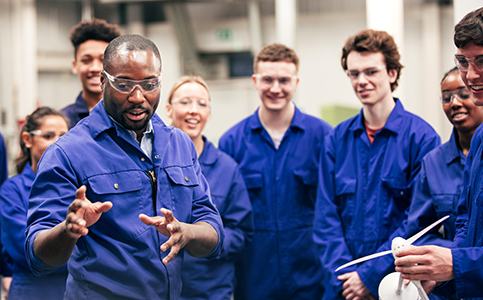
The work entailed in organizing a workplace tour can extend over several months. As noted in the Introduction, the following steps should be followed when organizing a workplace tour:
- Identify the stakeholders needed to assist with implementation. Typically, these will be district and school staff and employers and/or representatives of employer associations.
- Secure agreement from school administrators and teachers to assist in planning workplace tours. Solicit their preferences for scheduling and for the classes and grade levels that will participate.
- Collect information on students’ career interests. This may be done by teachers, counselors, or career advisors.
- Based on students’ interests, identify employers to ask to host workplace tours. Employer recruitment can take time, so an early start is advisable.
- Prepare students for the tour.
- Prepare the host employer to offer a tour that will be an enriching experience for both students and employees.
- Conduct the workplace tour. Document it with photos, as appropriate.
- Provide structured opportunities for students to reflect.
- Obtain evaluations from students and representatives of the host employer.
- Thank the host employer and the school staff who participated. Give recognition to all participating stakeholders.
The following pages provide more detailed descriptions of steps that should be taken to implement a well-organized workplace tour. These steps are presented in the form of a timeline, starting months before the actual event. Some steps in the timeline will not apply to classes of adult students. The timeline is flexible and can be condensed, but proper student and employer preparation is important.

Suggested Implementation Timeline
Note: Throughout this manual, the term WBL coordinator (typically, a district or school staff member) is used to refer to the individual responsible for planning and implementing WBL activities. Depending on the activity and context, stakeholders from school sites (counselors, teachers, and administrative staff) may be involved. The WBL coordinator should be sure to use the WBL database, as described in the Introduction, to track employer and school contact information as well as the tasks each has agreed to carry out with respect to workplace tours.
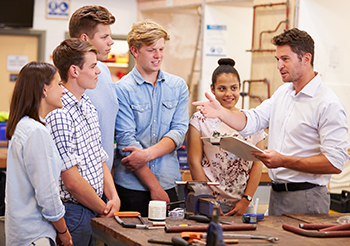
The WBL coordinator should refer to the overall WBL plan (see Introduction), if there is one, to ensure that the scheduling of a workplace tour with a specific employer or students from a particular school is coordinated with the implementation of other WBL activities planned for that employer or that school. Both the employer and the school staff will appreciate it if the WBL coordinator initiates contact for workplace tours in that larger context.
Note: The WBL coordinator is assumed to be responsible for completing or assigning each task described below, except as noted otherwise.
Before or early in the school year
- Reach out to school administrators and teachers to enlist their participation in scheduling a workplace tour or a series of tours.
- Working with teachers and counselors, collect information on students’ career interests and teachers’ ideas on careers that relate most closely to the curricula.
- Identify which local employers would be good candidates for hosting tours that align with students’ and teachers’ interests. Use the WBL database and other sources (e.g., advisory committee members, employers of former students, organizations like chambers of commerce, economic development agencies, workforce development boards, state departments of labor or commerce, and the personal networks of district and school staff members) to identify employers to target.
- Map out potential workplace tours and a desirable schedule. Identify desired workplace tours by week or month during the year. Be sure to include a wide a range of employer types so that as many students as possible visit a workplace that aligns with their career aspirations.
- Find out about school policies and procedures for student field trips, including provisions for transportation.
Four months before the workplace tour
Note: These steps can be completed early in the school year for the full calendar of workplace tours or on a rolling basis for tours in the coming months.
- Review the employer outreach information in the Introduction to this manual.
- Using the WBL database and other resources, identify employers or occupations in the local area that align with students’ interests and school curricula. Identify as many employers as possible so that there are options to pursue if the first-choice employer declines to host a tour. In rural areas with few employers, matching student interests with potential employer hosts may be especially challenging.
- Also using the WBL database, identify employers who had positive experiences as guest speakers (and were well-received by students and teachers) or other WBL activities and might be interested in hosting a tour.
- Begin outreach to targeted employers. Sample communications for employer recruitment can be found in the Resources section. To be sure that workplace tours are provided in the industries of greatest interest to students, recruit multiple employers at the same time (if there are multiple employers in the same industry in the area). If there are too many positive responses to manage, find future opportunities to engage the “extra” employers in workplace tours or other WBL activities.
- In recruiting employers to host workplace tours, be as specific as possible about what is requested, what is expected, and what support will be provided by the WBL coordinator and others. Make it as easy as possible for the employer to say “yes.”
- Follow up introductory invitations with phone calls, as needed. Use the WBL database to identify past hosts of workplace tours or other employers who may reinforce the invitation with a peer-to-peer communication (see sample in Resources section).
- As responses come in, confirm the dates and communicate them to the schools and the hosts.
- Continue employer recruitment, as needed, until all the targeted slots for workplace tours are full.
Three months before the workplace tour
Note: These implementation steps refer to planning a single tour but can be completed concurrently for multiple tours that may be scheduled for around the same time.

- Select students. In partnership with the school (counselors, career advisors, teachers, and administrators), determine which students or classes will participate in the workplace tour, based on the particular employer’s alignment with students’ career interests and classroom curricula.
- Identify adults who will accompany the students. Workplace tours typically have ten students to one adult. Depending on the workplace, tours may involve as many as 35 students. The adults can be employees of the host employer, district or school staff members, and/or parents. They will help manage students throughout the tour. Teachers who accompany students on workplace tours will benefit by becoming better able to make connections between academic subjects and their applications in the workplace.
- Identify transportation needs and how they will be addressed (e.g., bus, personal/parent vehicles, or others).
- Set a date. Working with the employer host and the school, determine the desired date, making sure to avoid conflicts with school and community calendars. Ask the employer to sign a workplace tour participation form (in the Resources section) so that planning can move forward.
- Begin preparation work with the employer host, using a checklist such as the one provided in the Resources section.
- Discuss and reach agreement with the employer host about the number of students, the time and duration of the tour, and the agenda for the tour. (A sample agenda can be found on the first page of this chapter.)
- If any students have special needs, determine whether and how they can be accommodated.
- Inquire about the employer sponsoring transportation and/or lunch, if needed.
- Determine the appropriate dress code for students and adults participating in the tour.
- Identify any safety requirements for participation in the tour (e.g., closed-toe shoes or safety goggles).
- Obtain permission for photos to be taken.
- Work with school staff to determine how they will obtain parent/guardian permission for students to register and participate in the fair and teacher permission to be absent from classes. Examples are provided in the Resources section, but the school should use the same forms it uses for field trips and the same process and deadlines for distributing and collecting the forms. The forms may need to be modified to include a release for photographic documentation of the tour or to disclose any safety risks posed by visiting the workplace.
- Make appropriate arrangements if the tour will include lunch time and the employer does not provide a meal (e.g., student brown bag or box lunches from school cafeteria).
- Teachers/counselors/career advisors: Begin to prepare students for the workplace tour. In class, introduce career opportunities, working conditions, workplace behaviors, and dress code specific to employer they will be visiting.
Two months before the workplace tour
- Make transportation arrangements for students based on prior assessment of needs and how they will be met.
- Teachers/counselors/career advisors: Continue preparing students for the workplace tour. Teachers in subjects that relate to the specific workplace students will tour might introduce or review lessons on topics that are used on the job in the employer host’s industry.
One month before the workplace tour
- Have schools distribute required student registration, parent permission, and teacher permission for class absence forms. School staff should determine the deadline for return of permission forms.
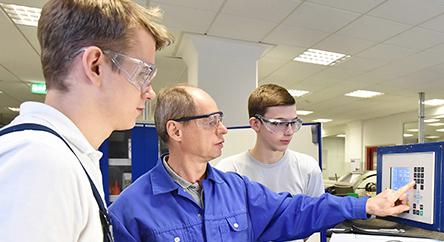
- Consult with the employer host to make sure the agenda and all on-site arrangements are in place.
- Document all the details and share this information with the employer host and with school staff to ensure its accuracy.:
- Names of participating students, staff, and other adults
- Times of departure and arrival
- Transportation arrangements
- Agenda for the tour
- Special safety or security equipment or procedures
- Accommodations for students with special needs
- Dress code
Two weeks before the workplace tour
- Ensure that signed registration/permission and class absence forms have been collected and that the appropriate school staff member is following up on any that have yet to be returned.
- Confirm transportation.
- Teachers/counselors/career advisors: Continue to prepare students by introducing them to the employer hosting the tour and its industry. Discuss the dress code and any lunch or transportation arrangements that involve students’ families.
One week before the workplace tour
- Make sure all permission forms have been collected.
- Confirm transportation (and lunch, if applicable) arrangements.
- Confirm all details with employer host. Provide contact information (e.g., cell phone numbers and email addresses) for communications on the day of the tour.
- Obtain name tags for students and adults who will be in the tour group. They may be pre-printed or hand-written.
- Address any questions or concerns of students (or their parents), teachers, or the employer host.
- Teachers/counselors/career advisors: Review workplace behavior expectations with students, including the dress code for the tour. They should also introduce the student observation form (see Resource section) so that students will be prepared to document their experiences.
One day before the workplace tour
- Double-check all arrangements.
Day of the workplace tour
- Ensure all students are accounted for on the bus or in personal vehicles when traveling to and from the tour.
- Ensure students are dressed appropriately.
- Distribute student observation forms to students. Distribute name tags.

- Respond promptly to any questions or concerns that arise during the day.
- Bring the schedule and contact information and manage the time appropriately.
- Use both still and video photography to document the tour, if the host employer and students/students’ parents have given permission to do so.
- Provide evaluation forms to students and employers. Collect student evaluation forms.
One day to one week after the workplace tour
- Send thank-you emails to host employer and a reminder to return the evaluation form if it was not collected the day of the tour; include a few photos and highlights from student comments.
- Review student evaluations to assess what they learned from the tour.
- Collect employer evaluation or contact the employer representative and fill out the evaluation through telephone conversation (whichever is easiest for the employer).
- Review employer evaluations and follow up, as appropriate, regarding concerns or comments. Also, follow up with hosts who expressed interest in other WBL activities.
- Summarize student evaluations and reflections and share them with host employers so that they can understand their contribution to students’ learning.
- Provide exposure and positive recognition for host employers in the local newspaper, school newsletter, or other media if the employers gave permission to do so.
- Teachers/counselors/career advisors: Have students write thank-you notes to the employer host. Review them before sending.
- Teachers/counselors/career advisors: Conduct reflection activities in classes and compile written reflections for dissemination to all participating students and their teachers.

Workplace Tour Resources
Note: These forms can be printed with expanded space for written responses or adapted in other ways.
WBL coordinator:
School:
Employer:
Student:
Copyright © 2020 CareerTech
